Zoldric Injection (Zoledronic Acid) 4ml
Please be aware that prices may vary due to fluctuations in the market, and adjustments may be made without advance notice.
Zoldric Injection is used to reduce the risk of fractures and improve bone density, paget’s disease of bone, a chronic disorder that causes abnormal bone.
₦18,000.00
Buy NowHow to Use Zoldric Injection (Zoledronic Acid)
Preparation
- Prescription:
- Ensure you have a prescription from a healthcare provider.
- Healthcare Setting:
- Zoledronic acid is typically administered by a healthcare professional in a clinical setting due to the need for intravenous (IV) administration and potential monitoring during and after the infusion.
- Dilution:
- Zoldric Injection usually comes in a concentrate that must be diluted before use. Follow the specific product instructions for dilution. Generally, it is diluted in 100 ml of sterile saline or 5% dextrose solution.
Administration
- Dosage:
- The typical dosage is 4 mg, given as a single intravenous infusion over no less than 15 minutes. The frequency of administration can vary depending on the condition being treated:
- Osteoporosis: Usually given once a year.
- Paget's Disease: Typically a single dose.
- Bone Metastases and Cancer-related Conditions: Every 3 to 4 weeks, as prescribed.
- The typical dosage is 4 mg, given as a single intravenous infusion over no less than 15 minutes. The frequency of administration can vary depending on the condition being treated:
- Infusion:
- The prepared solution is infused intravenously over a minimum of 15 minutes.
- Hydration:
- Ensure the patient is well-hydrated before the infusion. Patients may be advised to drink fluids before and after the infusion to prevent kidney complications.
Monitoring and Aftercare
- Monitor for Side Effects:
- Common side effects include flu-like symptoms, fever, muscle or joint pain, and headache. Severe side effects may include kidney dysfunction, hypocalcemia, and osteonecrosis of the jaw. Patients should be monitored during and after the infusion.
- Lab Tests:
- Regular blood tests to monitor kidney function, calcium levels, and other electrolytes may be required before and after treatment.
- Calcium and Vitamin D:
- Patients should ensure adequate intake of calcium and vitamin D, as zoledronic acid can cause hypocalcemia.
Important Considerations
- Pre-existing Conditions:
- Inform your healthcare provider of any pre-existing conditions, especially kidney issues, dehydration, low blood calcium levels, or dental problems.
- Pregnancy and Breastfeeding:
- Zoledronic acid is not typically recommended during pregnancy or breastfeeding. Discuss potential risks with your healthcare provider.
- Drug Interactions:
- Inform your healthcare provider about all other medications you are taking, as some drugs can interact with zoledronic acid.

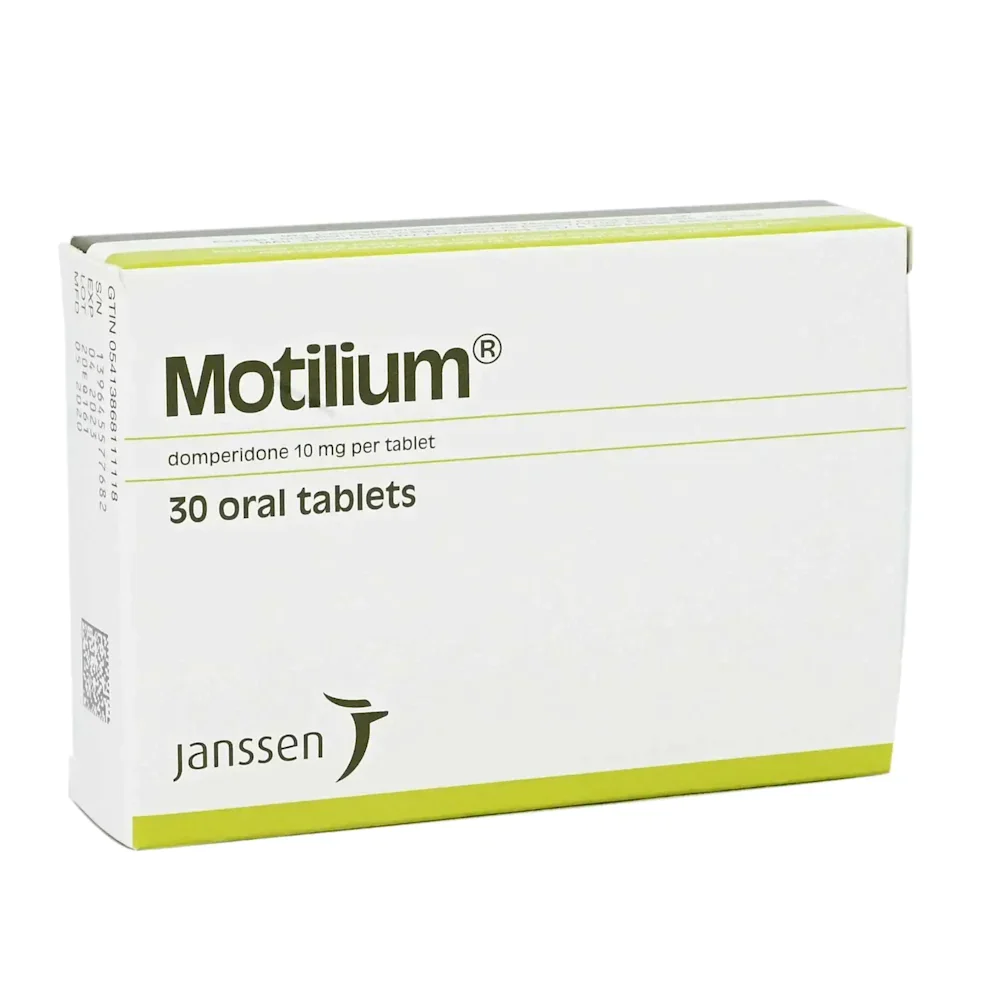

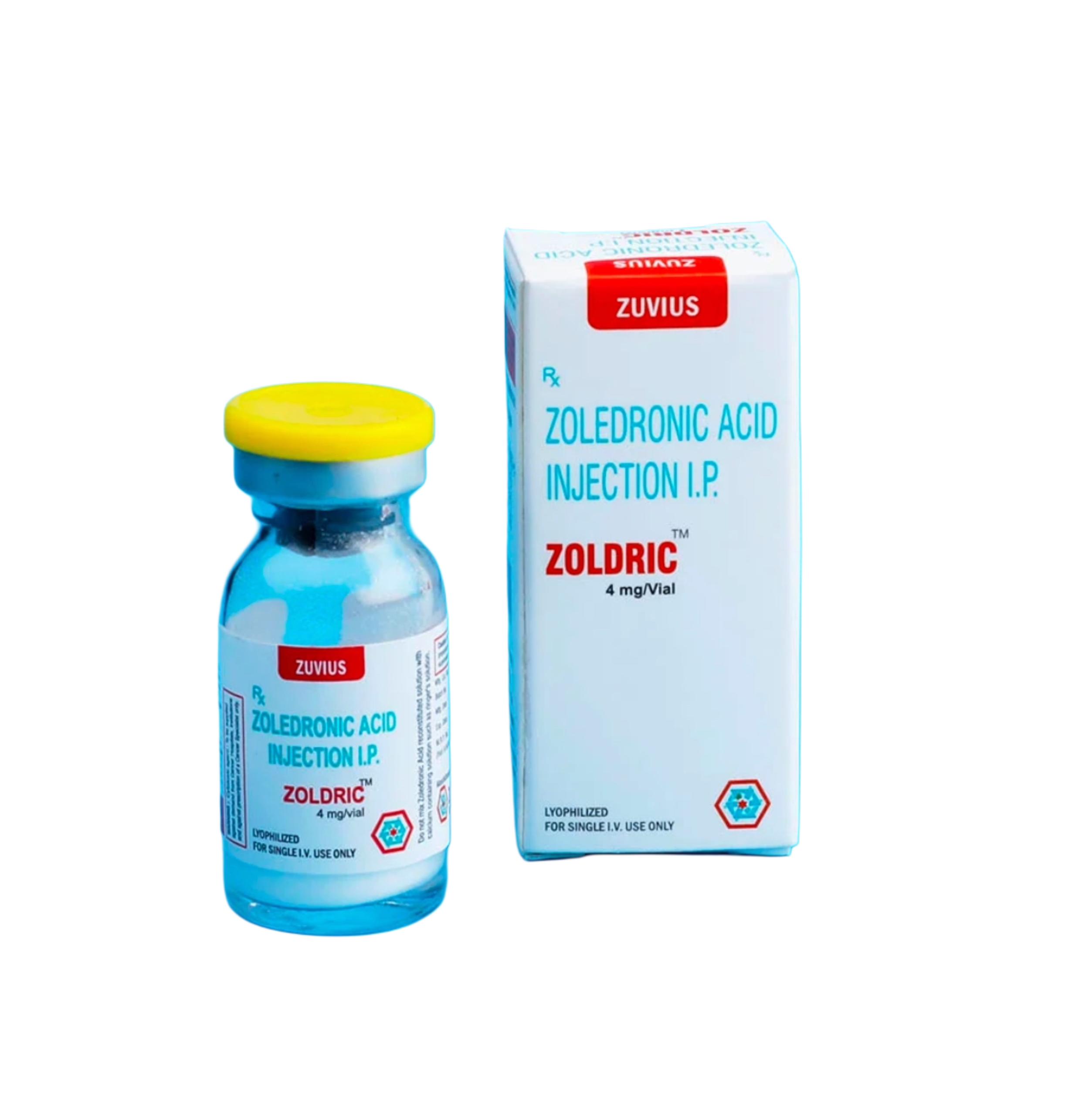




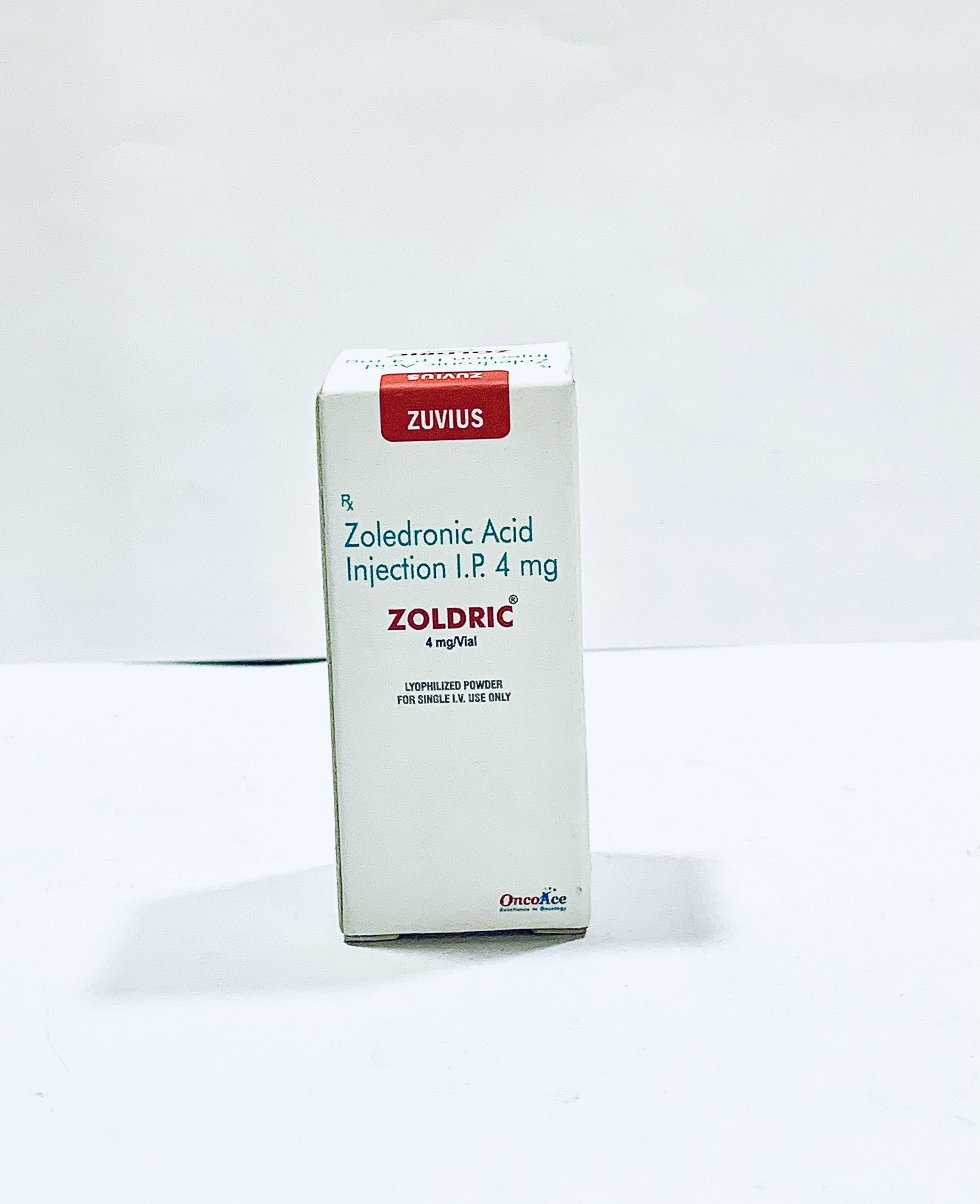
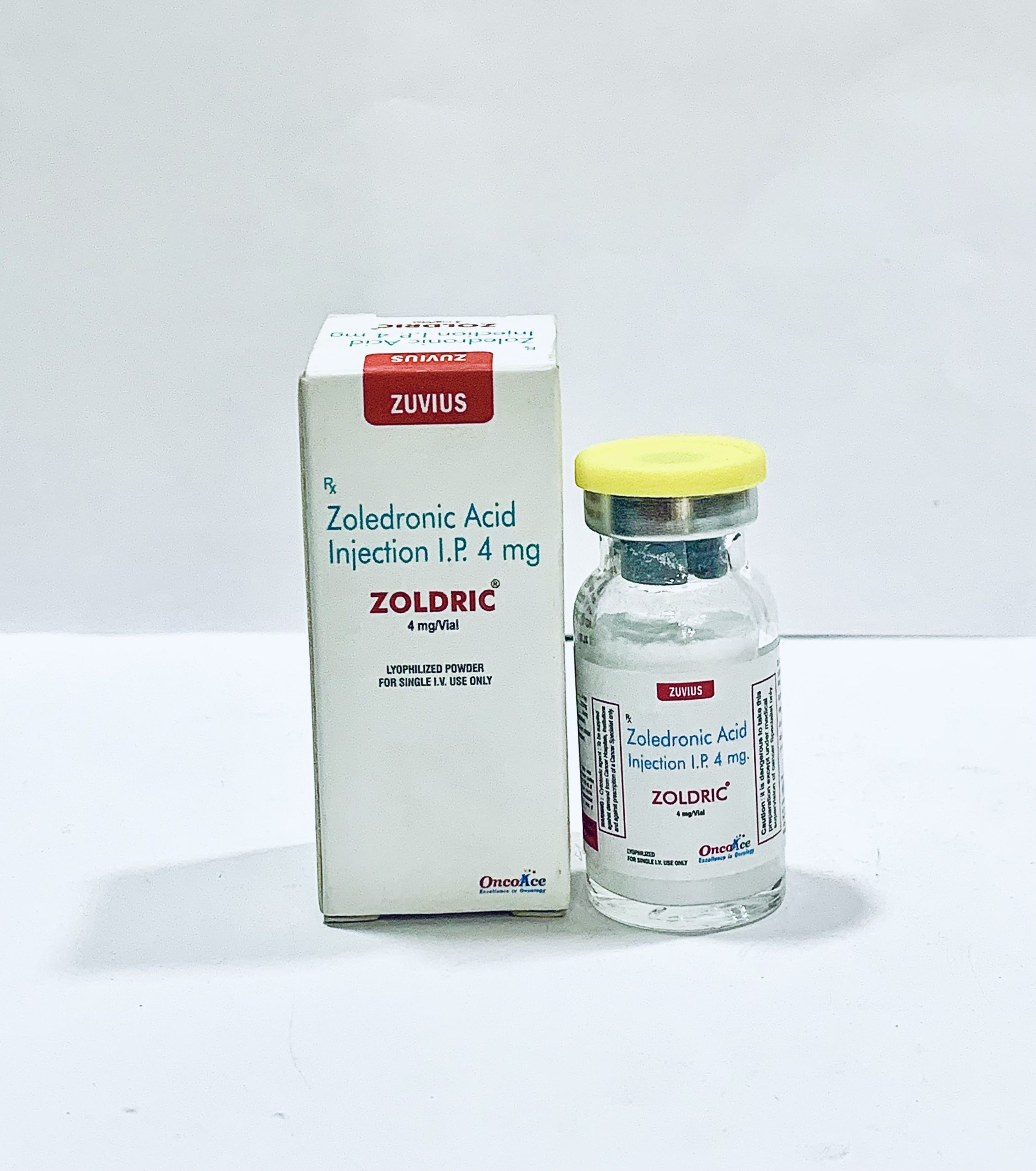
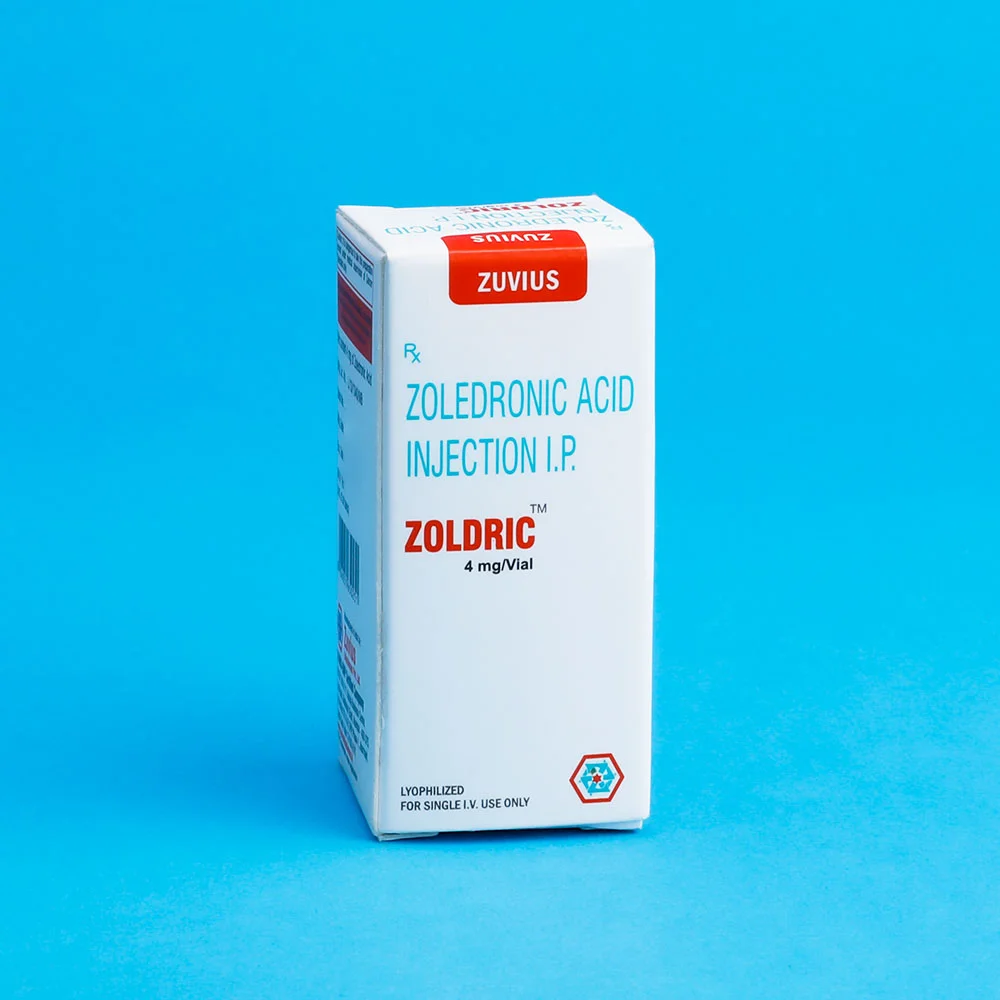
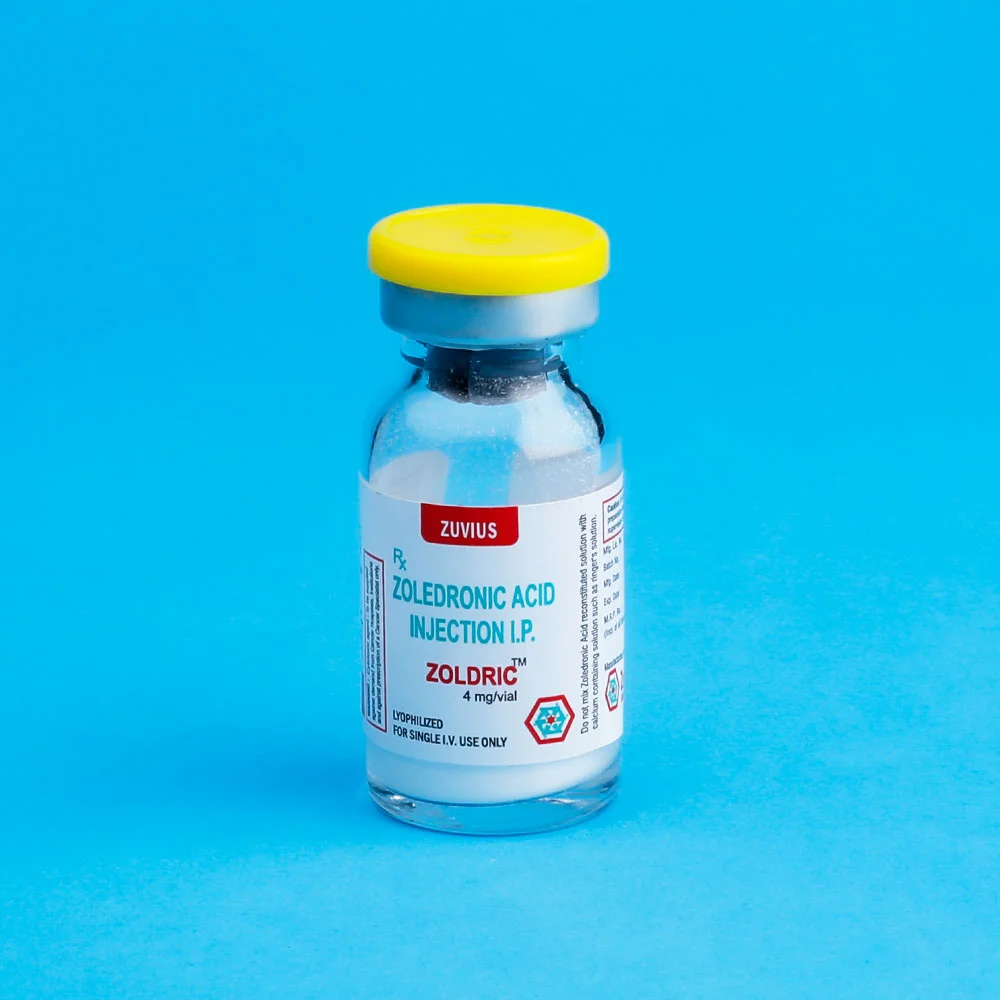
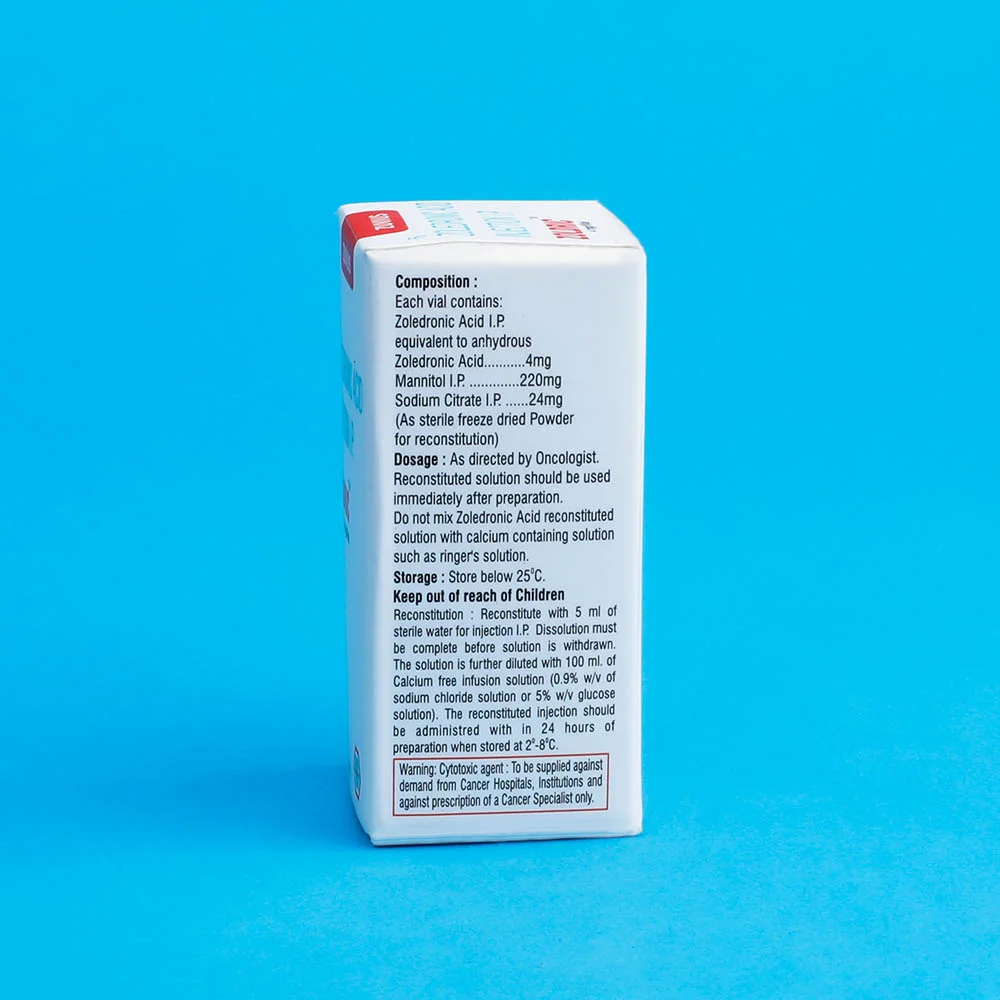
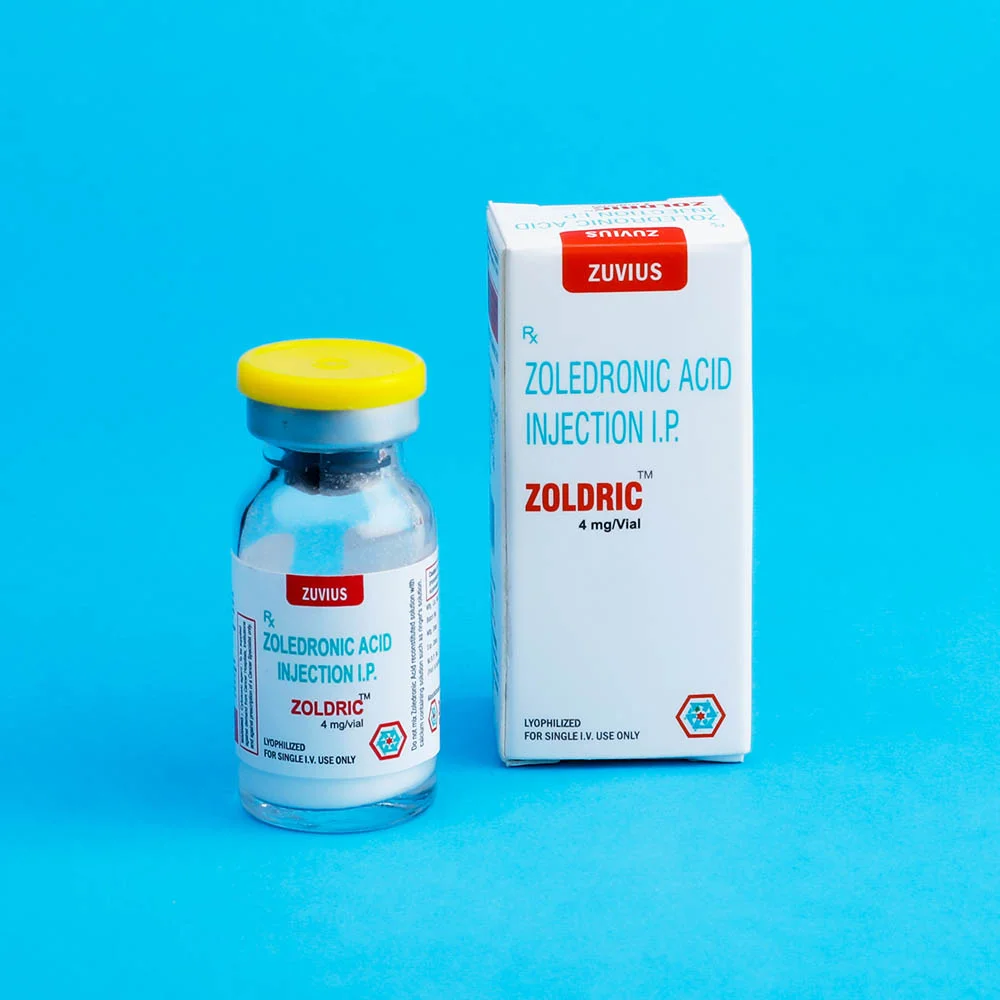
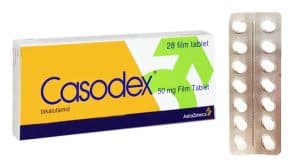
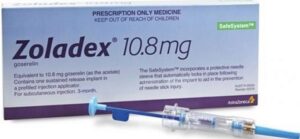





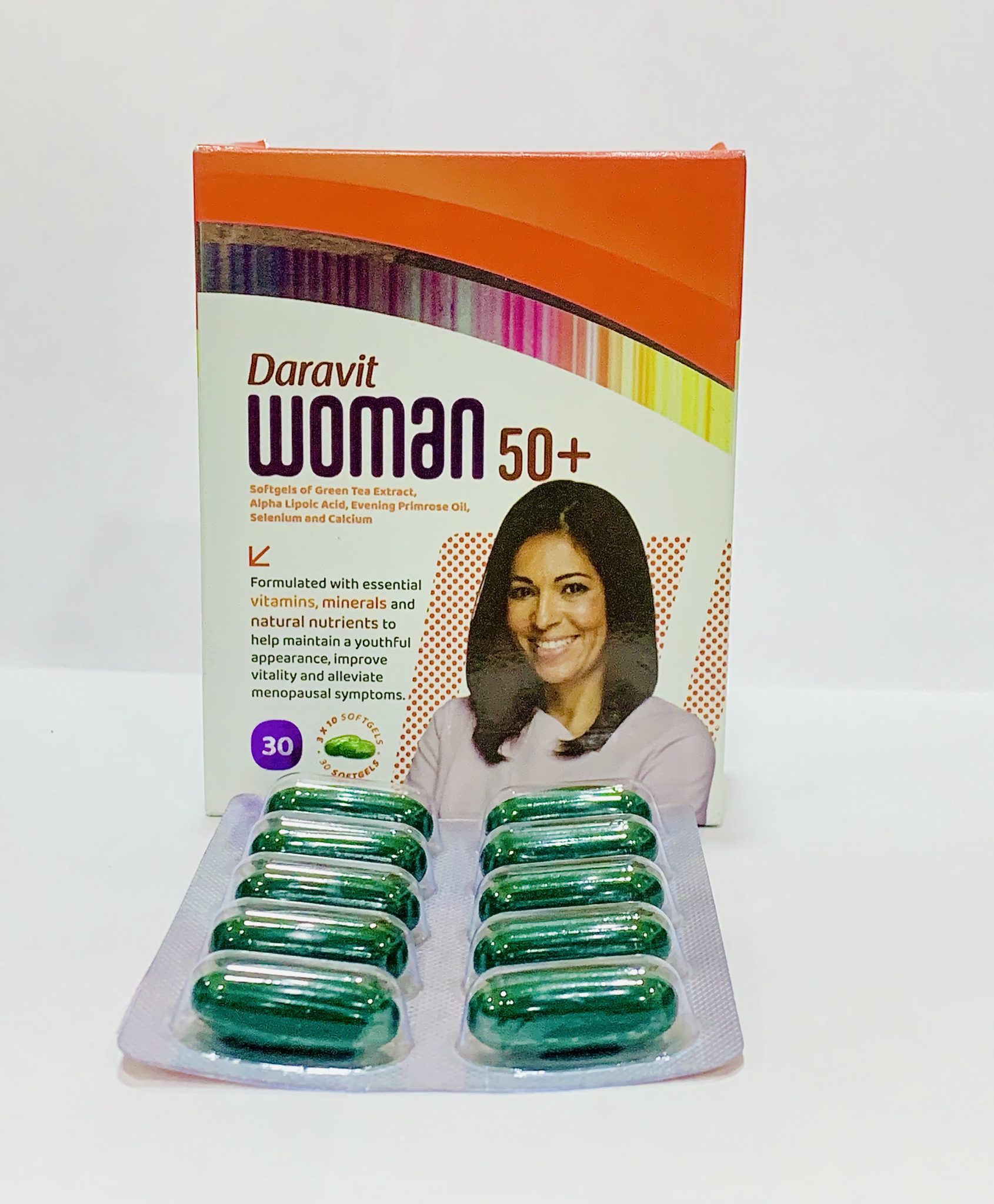
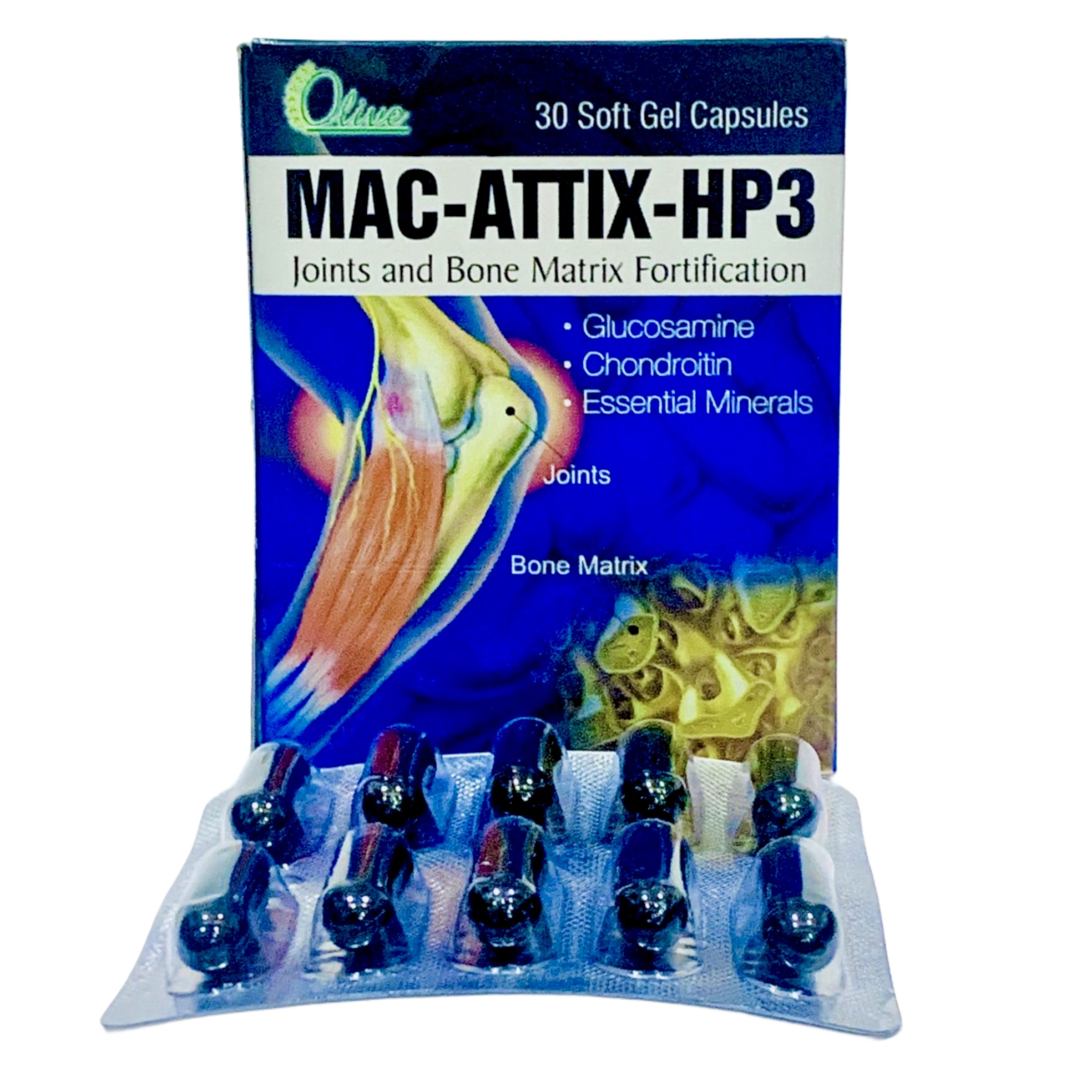
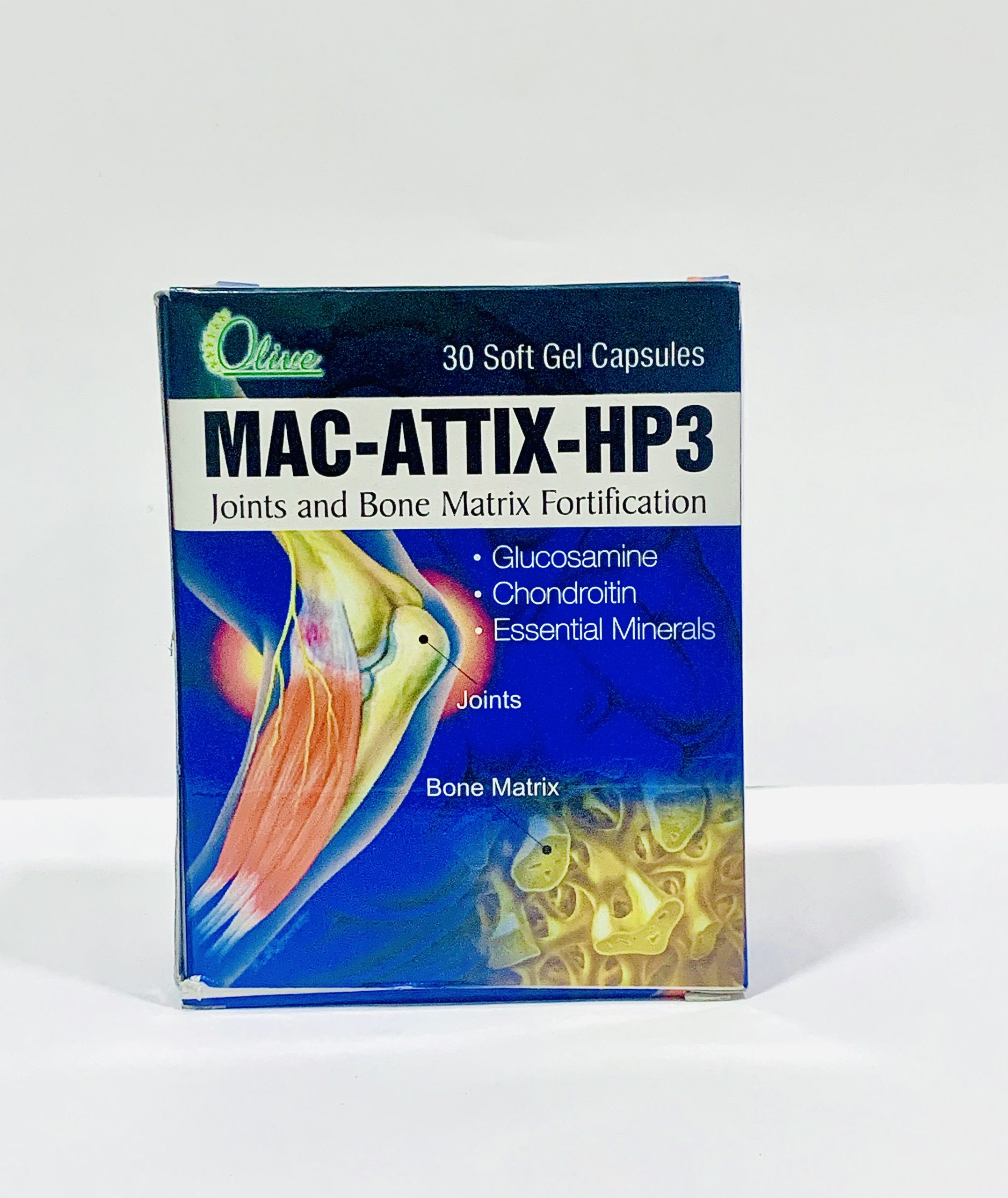




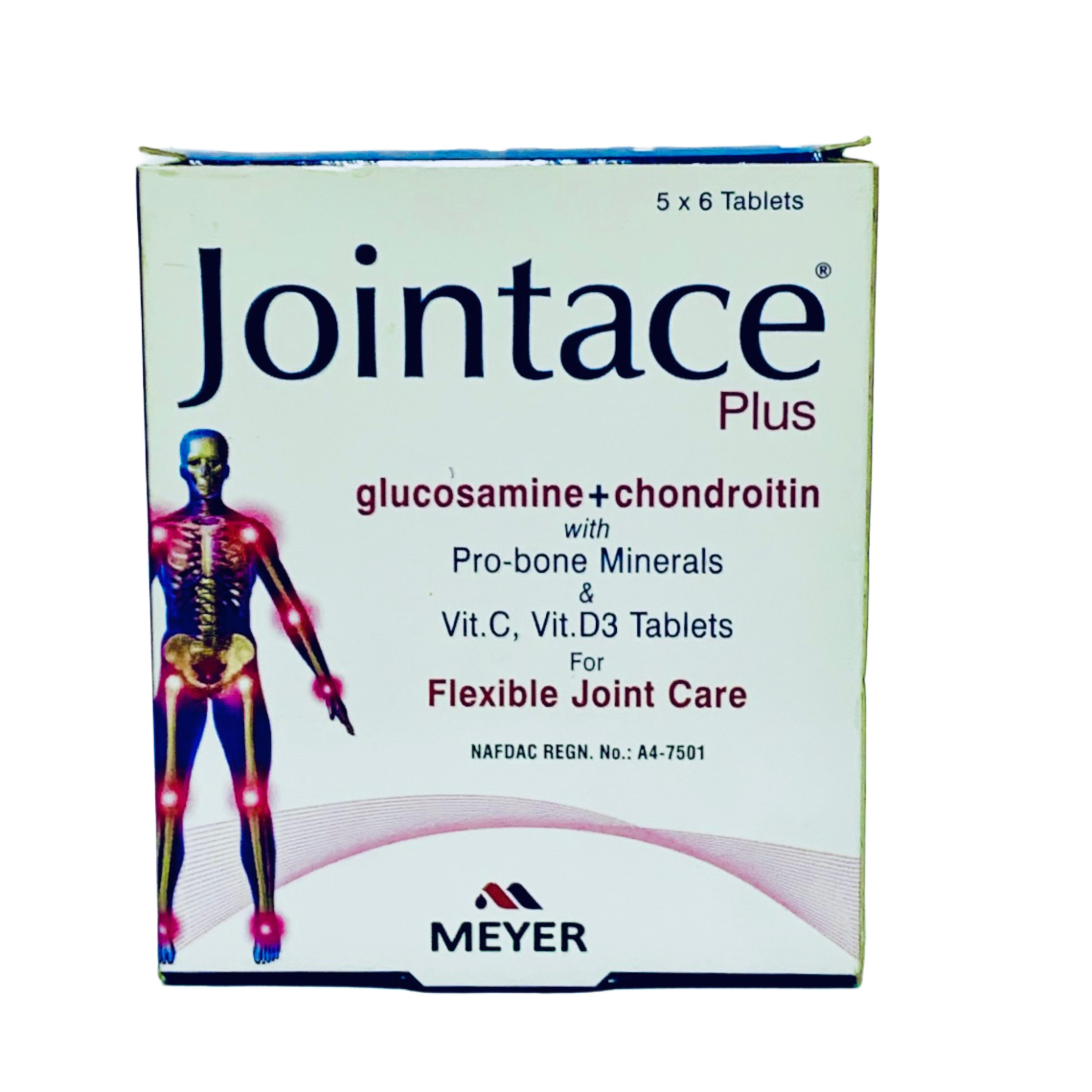
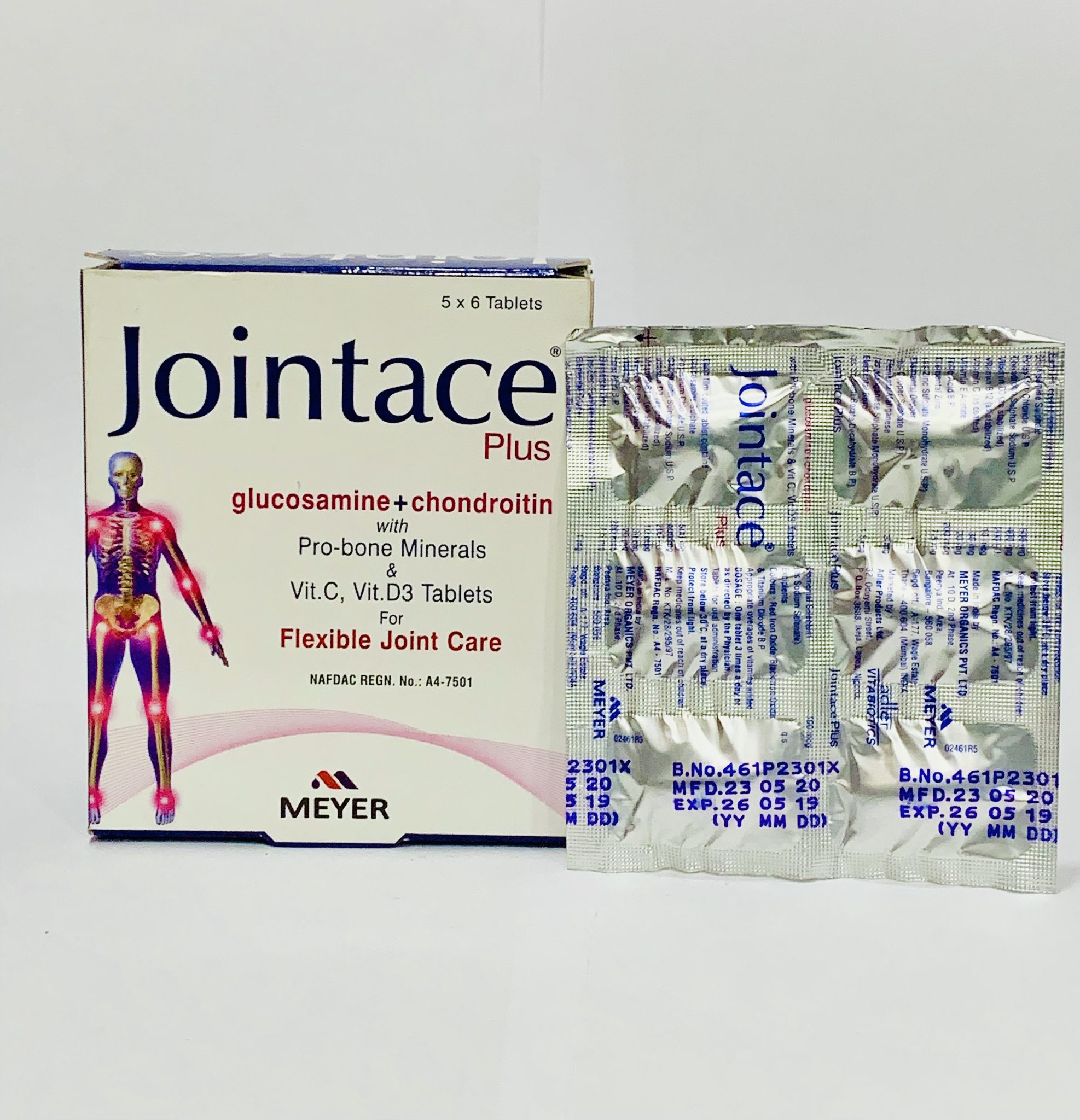
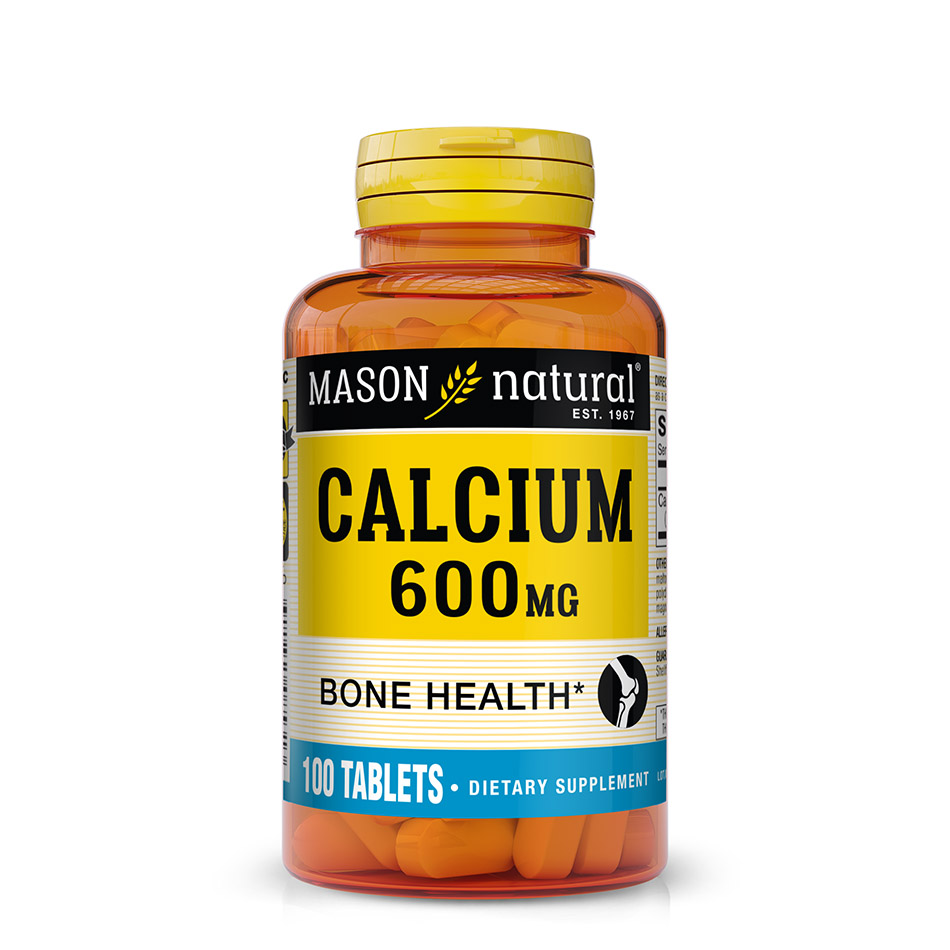



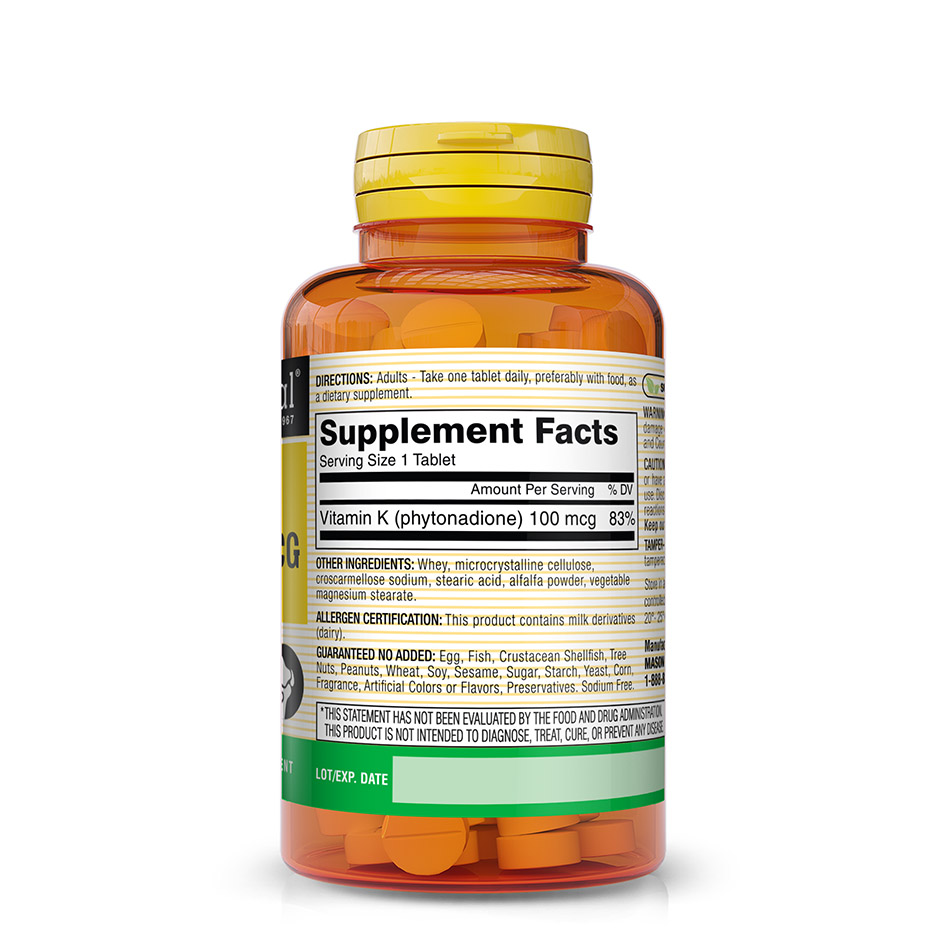
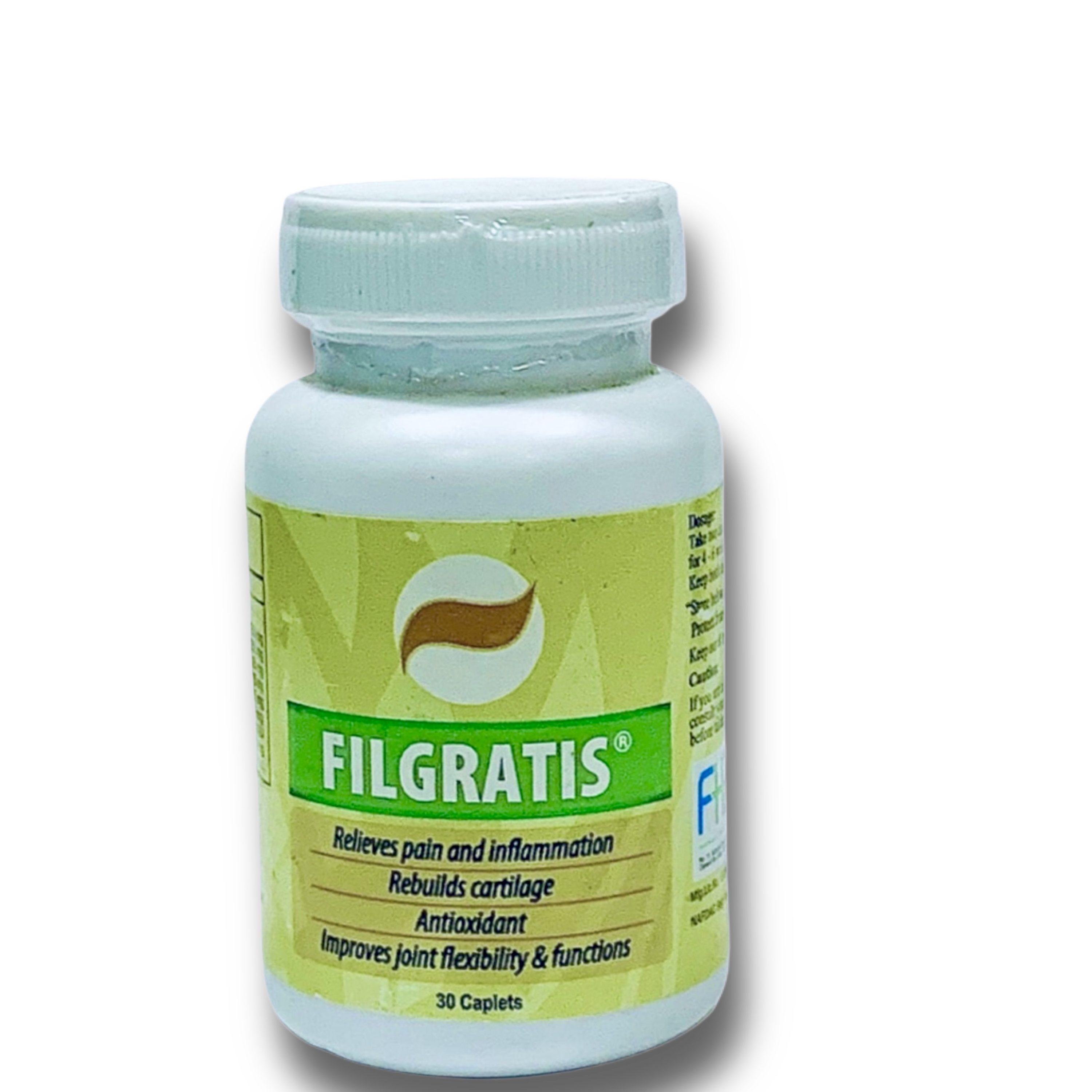
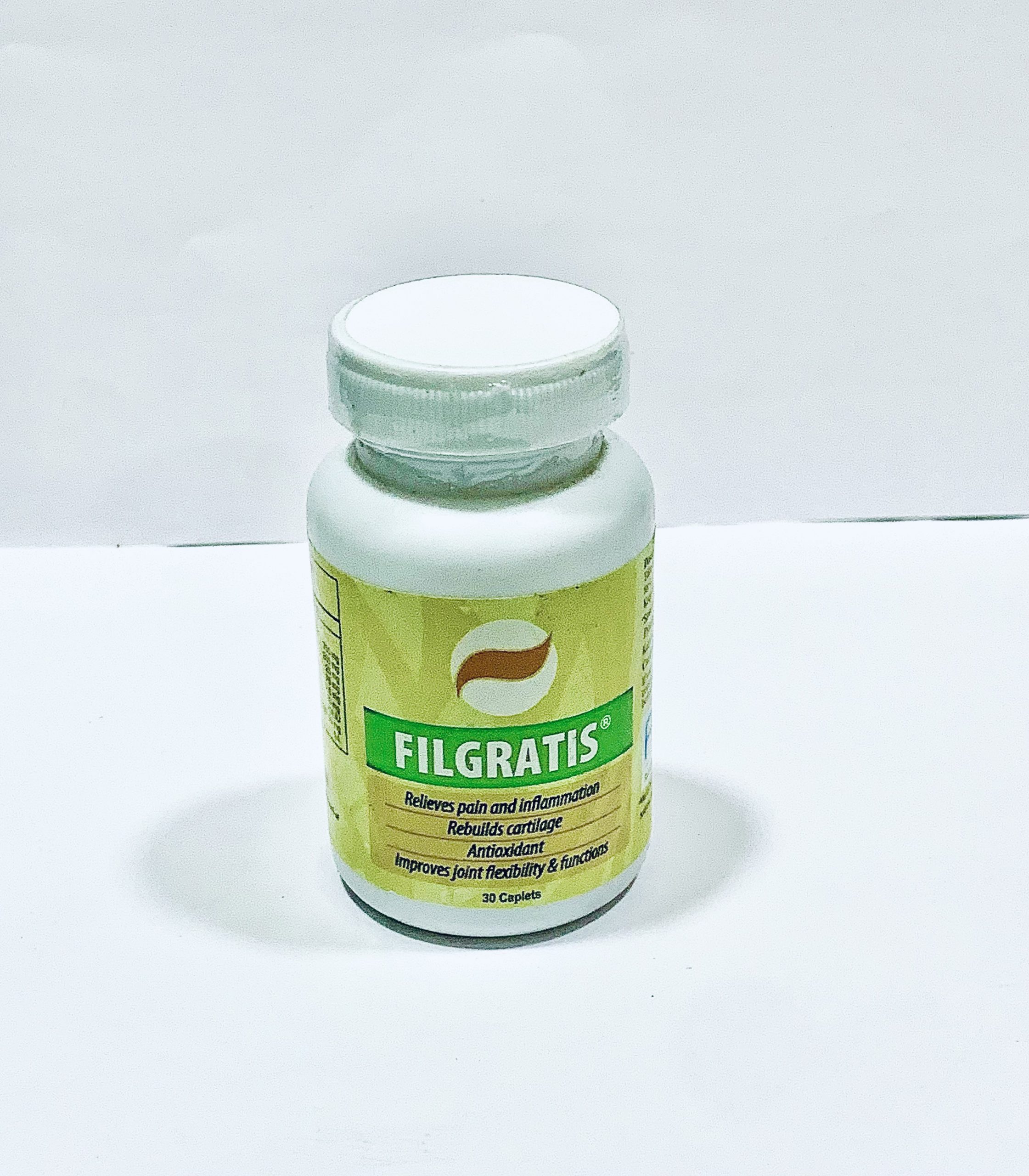


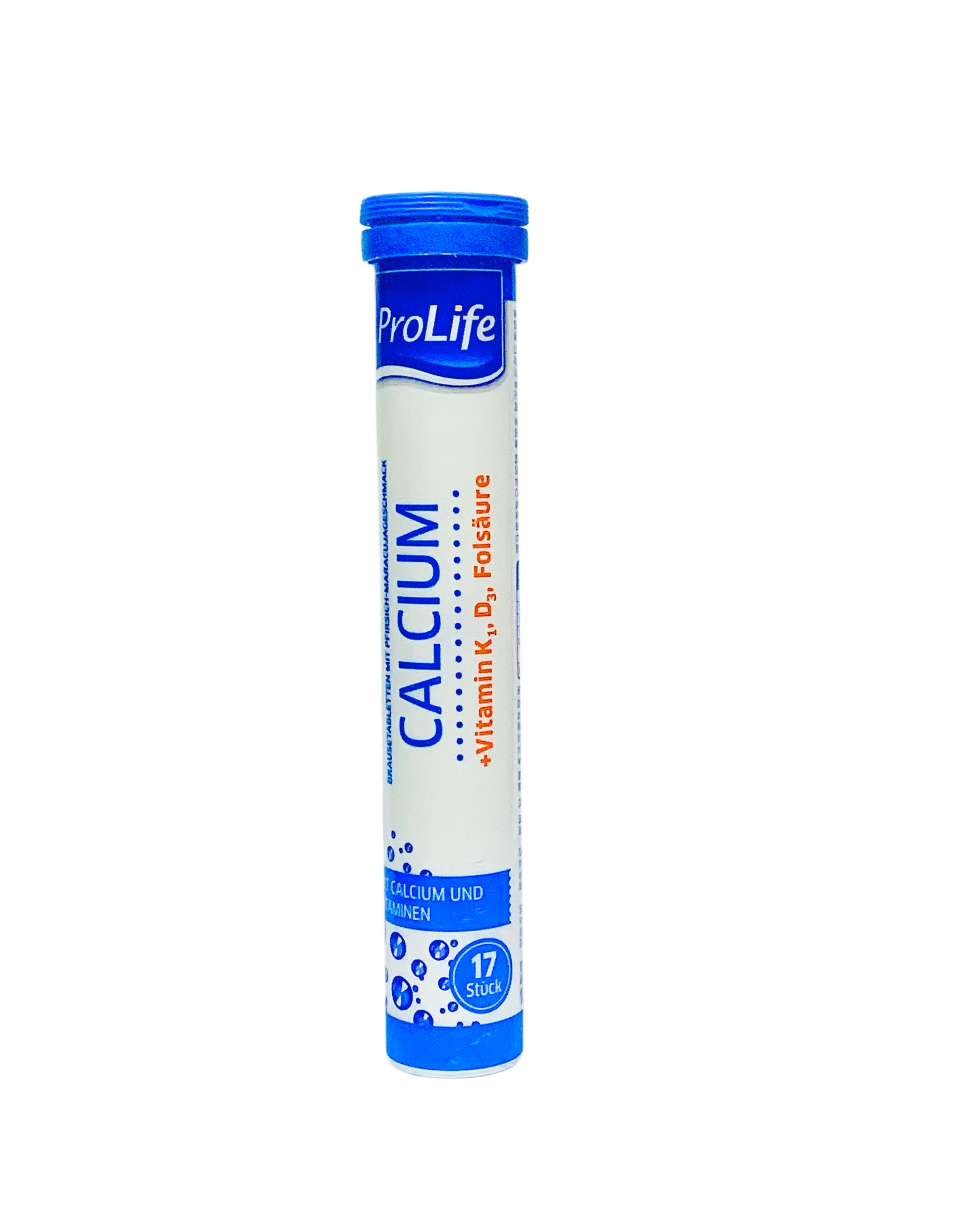

Reviews
There are no reviews yet.